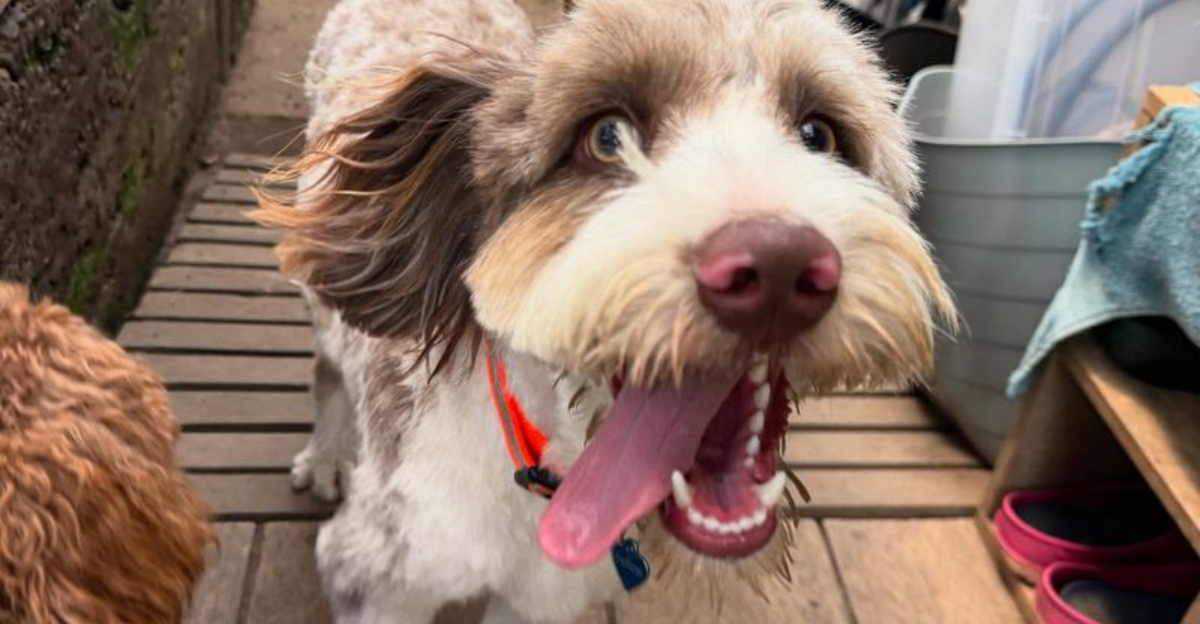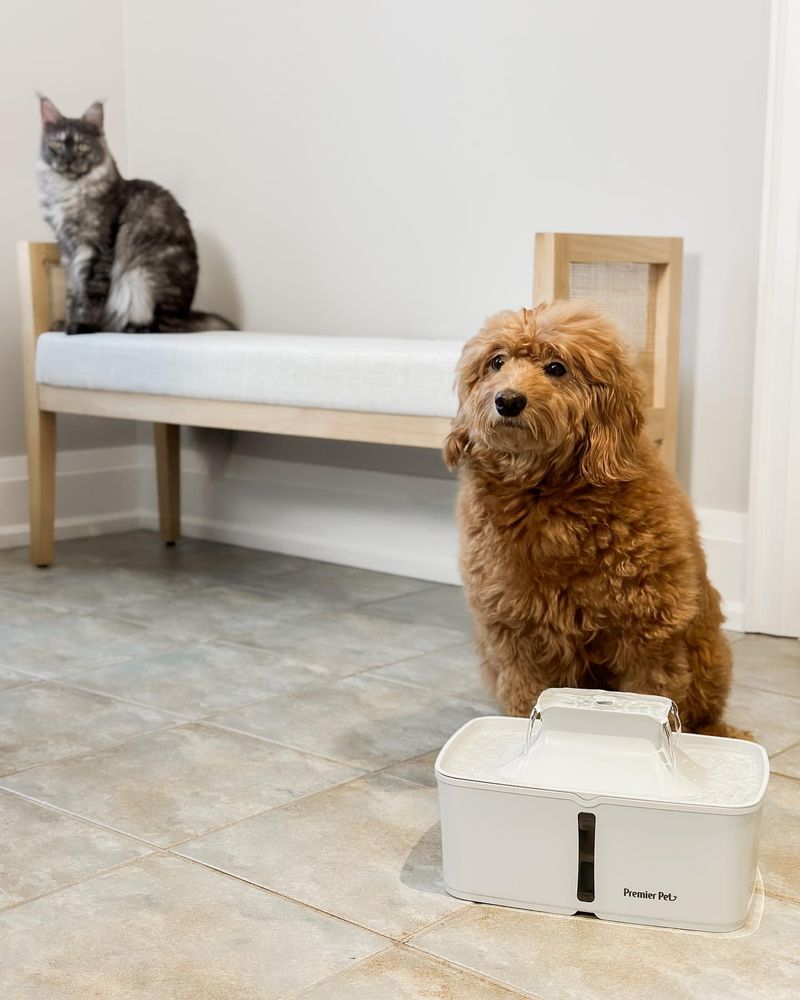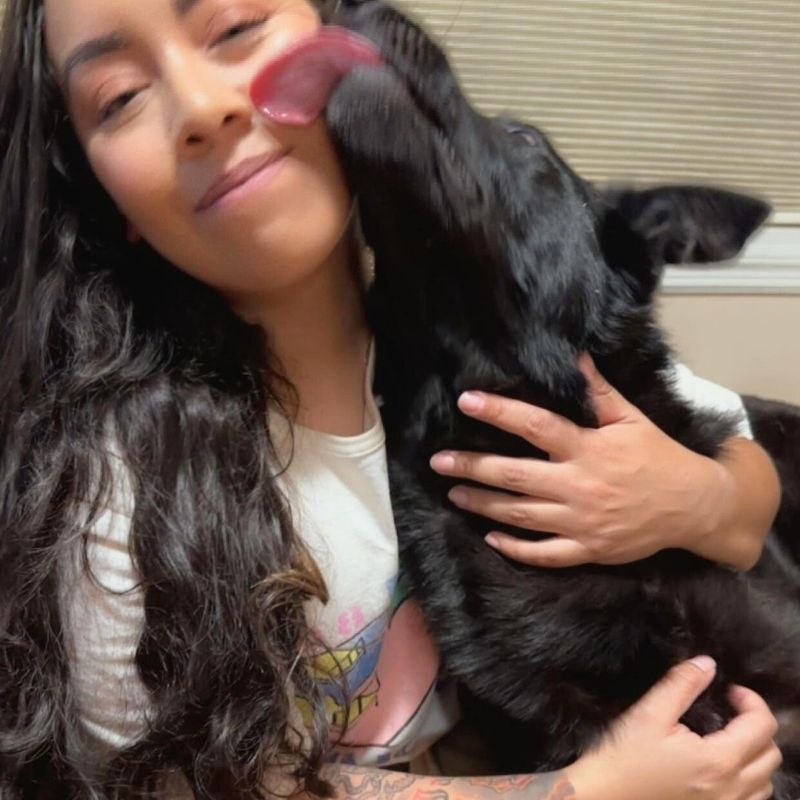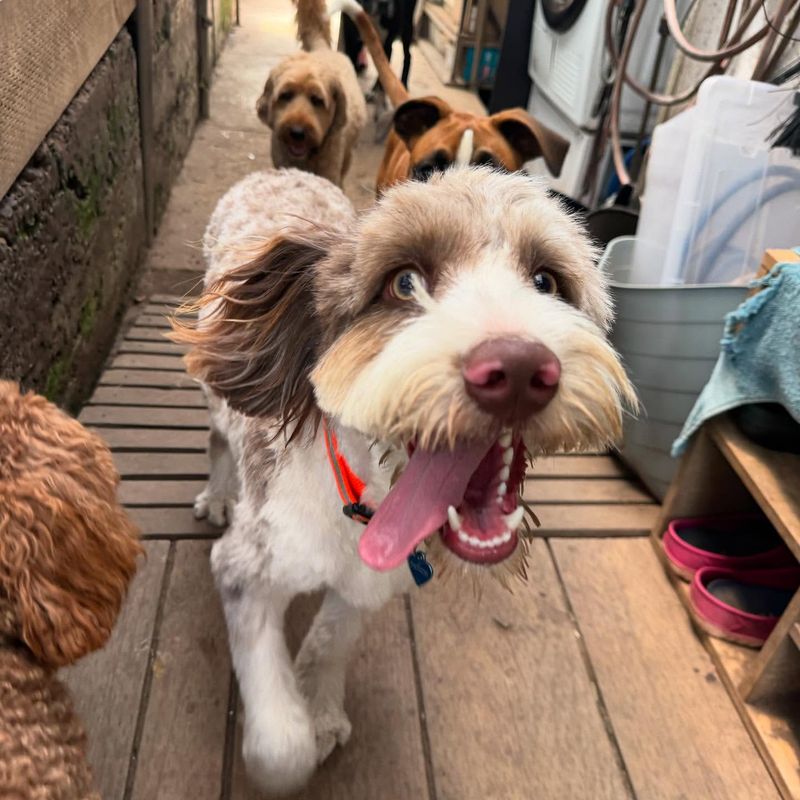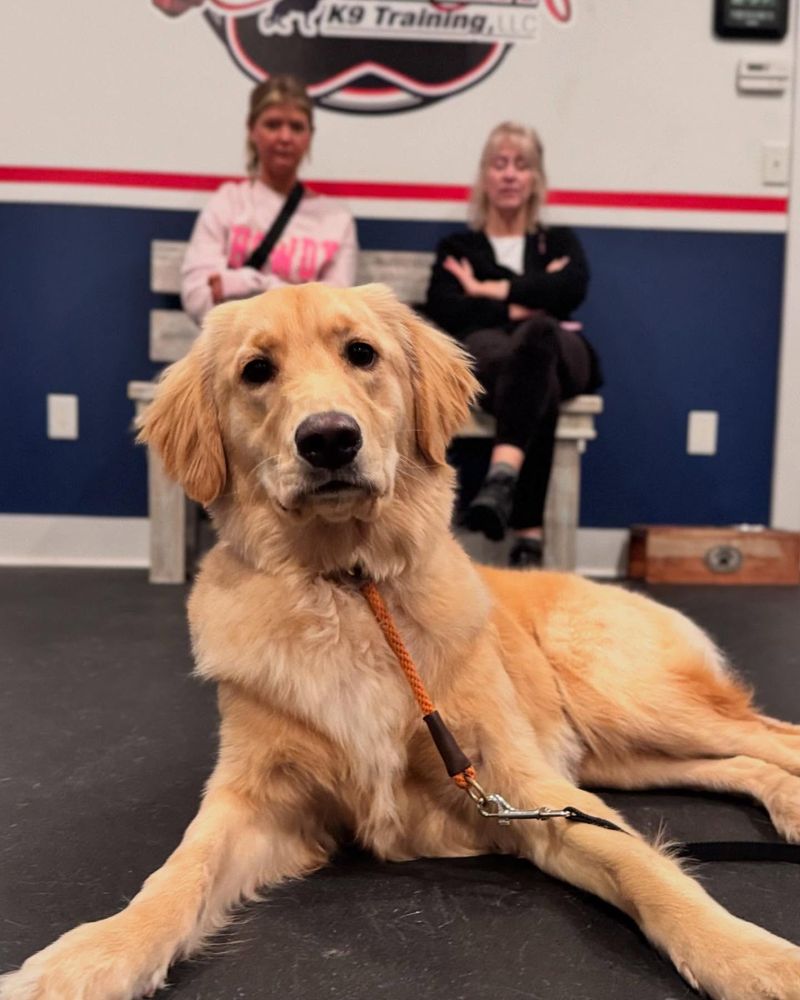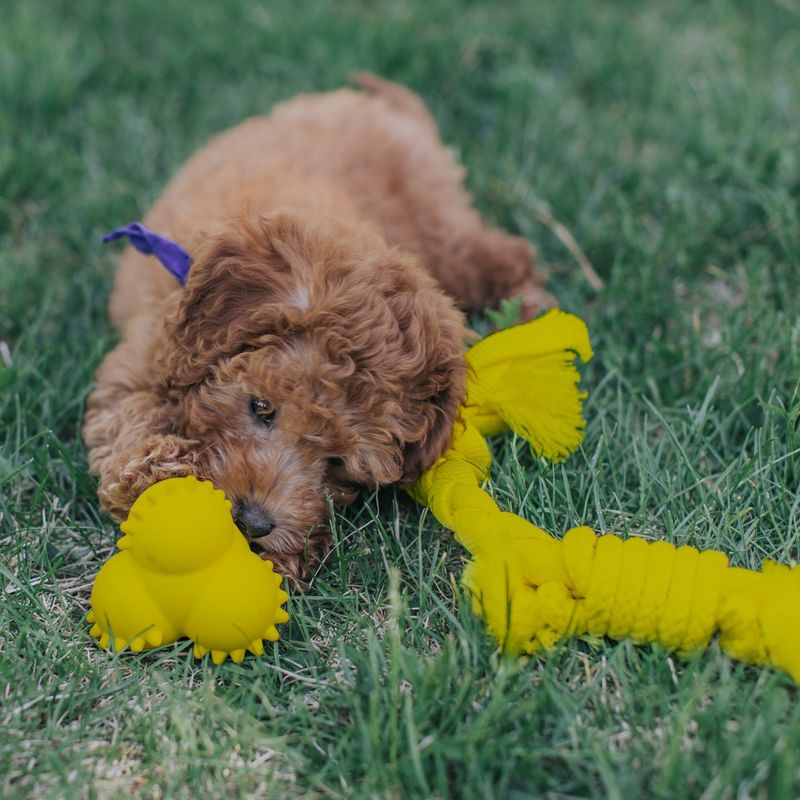Having multiple pets at home can be a rewarding experience filled with love, joy, and companionship. However, maintaining harmony in a multi-pet household requires understanding, patience, and effort. Here are nine essential tips to help you create a peaceful environment for your furry friends.
Separate Feeding Areas
Creating separate feeding areas is crucial in a multi-pet home. Pets can become territorial over food, leading to conflicts.
By providing each pet with their own designated space for meals, you reduce the chance of disagreements. Ensure that the feeding stations are in quiet, accessible areas where pets feel safe.
This encourages relaxed eating habits and reduces stress. Watching pets enjoy their meals in peace is a delightful sight for any pet owner.
Establish Personal Spaces
Just like humans, pets need their personal space. Establish designated spots for each pet where they can retreat and relax.
This could be a comfy bed for the dog or a perch for the cat. Personal spaces help pets feel secure and loved, reducing stress. Providing toys or blankets in these areas can make them even more inviting.
Encourage your pets to use these spaces, especially during times of tension or excitement.
Regular Exercise and Play
Physical activity is vital for maintaining harmony among pets. Regular exercise helps expend excess energy that might otherwise lead to tension.
Dogs might enjoy a game of fetch, while cats could love chasing a feather toy. Engaging pets in play not only keeps them fit but also strengthens the bond between you and them.
Rotate toys regularly to keep things exciting and fun. A tired pet is a happy pet.
Consistent Training and Commands
Consistency in training is key to a harmonious multi-pet home. Establish clear commands and routines for each pet.
Whether it’s a dog learning to sit or a cat understanding boundaries, consistency helps pets know what to expect. Use positive reinforcement techniques, such as treats and praise, to encourage good behavior.
Training builds trust and respect, essential components of a peaceful household.
Supervised Interactions
When introducing new pets, supervision is crucial. Carefully monitor interactions to prevent misunderstandings and conflicts.
Gradually increase the time pets spend together, ensuring positive experiences. Use toys or treats to create a happy environment.
If tension arises, separate the pets and try again later. Supervised interactions build confidence and friendship between your pets over time.
Regular Health Check-Ups
Regular vet visits are essential in a multi-pet household. Health issues can lead to behavioral changes, affecting relationships.
Ensure all pets are up-to-date on vaccinations and check-ups. A healthy pet is more likely to be a happy one. Discuss any concerns with your vet and seek advice on nutrition and care.
Keeping your pets healthy promotes a harmonious living environment.
Understanding Body Language
Understanding pet body language can prevent conflicts. Learn to recognize signs of stress, happiness, or aggression in each pet.
A wagging tail in dogs often signifies happiness, while the same in cats might indicate irritation. Observing these signs allows you to intervene before issues escalate.
Being aware of your pets’ emotions fosters a peaceful and understanding home.
Rotate Pet Toys
Keeping toys fresh and interesting is important, especially in a multi-pet household. Rotating toys prevents boredom and keeps engagement high.
Offer a variety of toys to cater to different interests and preferences. This encourages healthy play and reduces the chances of possessive behavior.
Regularly cleaning toys also prevents the spread of germs, ensuring a safe play environment.
Respect Individual Personalities
Every pet has a unique personality, and recognizing this is key to harmony. Some pets are social, others more reserved. Respect each pet’s preferences and boundaries.
Allow them to express themselves without judgment, creating an accepting and loving environment. Encourage interactions but never force them.
Understanding and respecting individual personalities fosters a home where all pets feel valued and secure.
